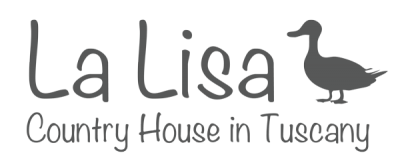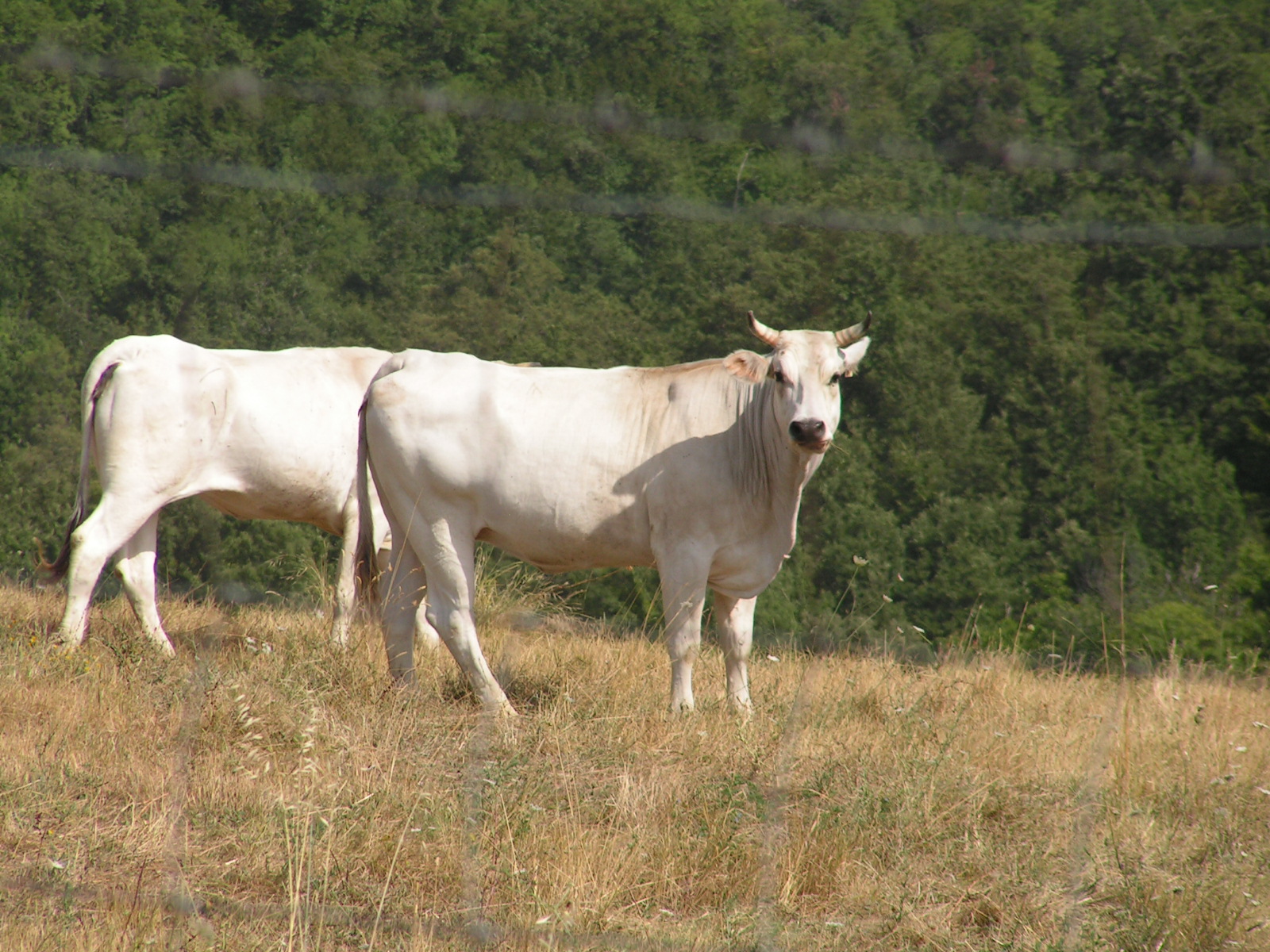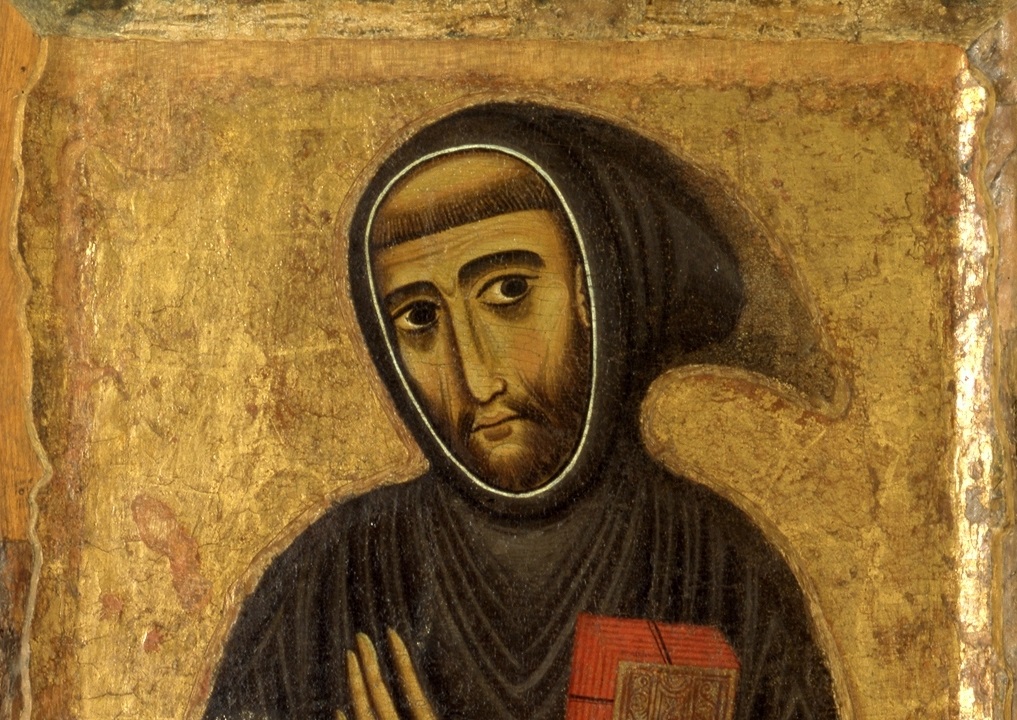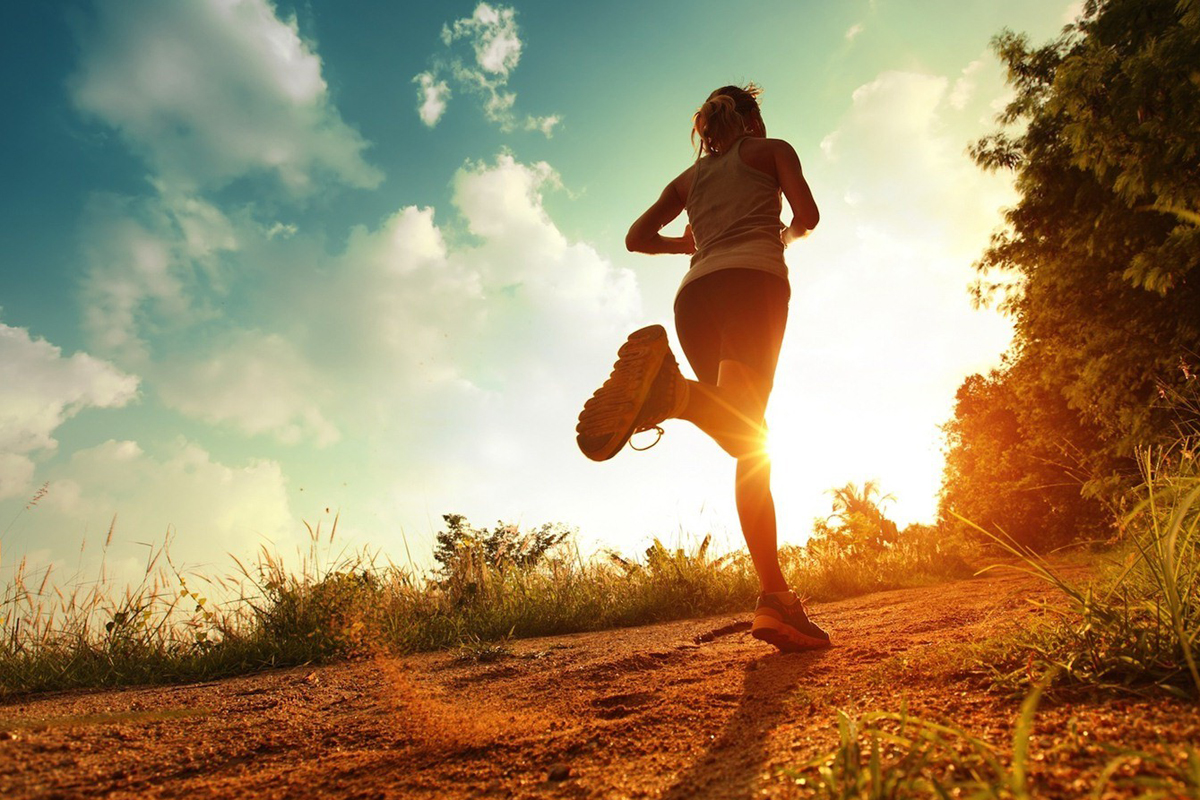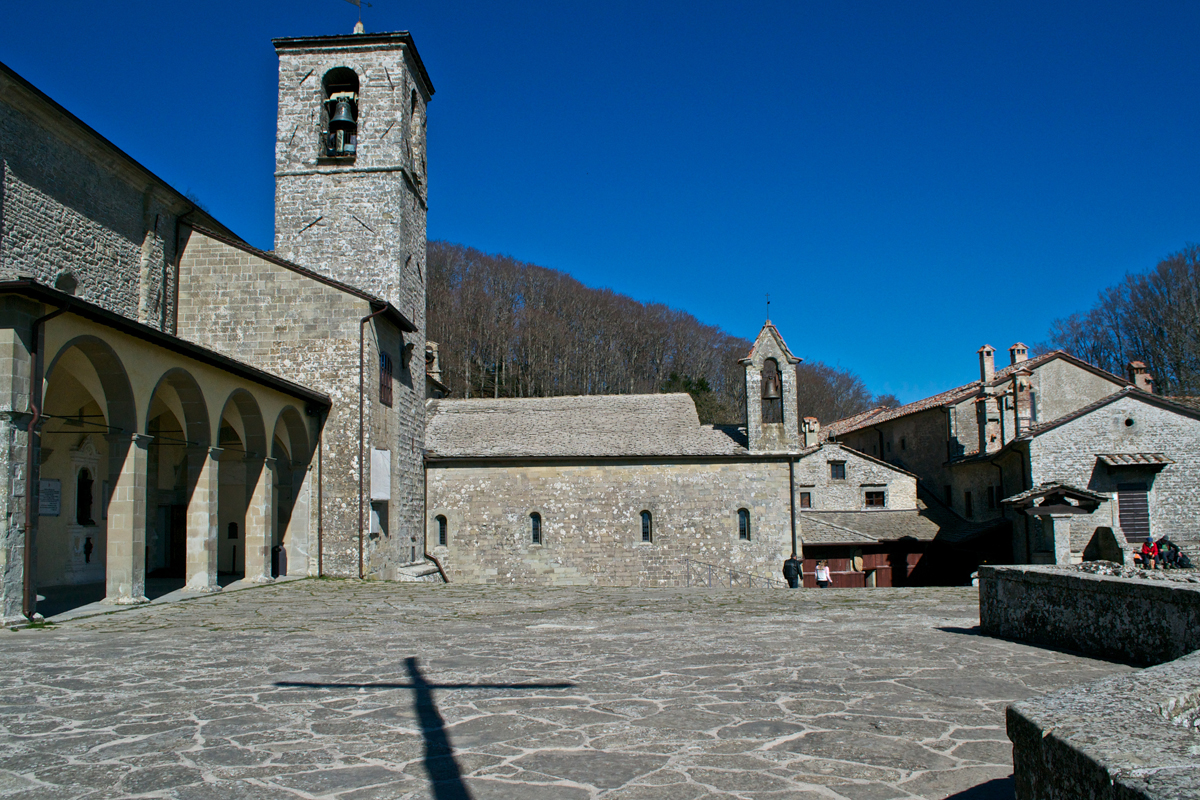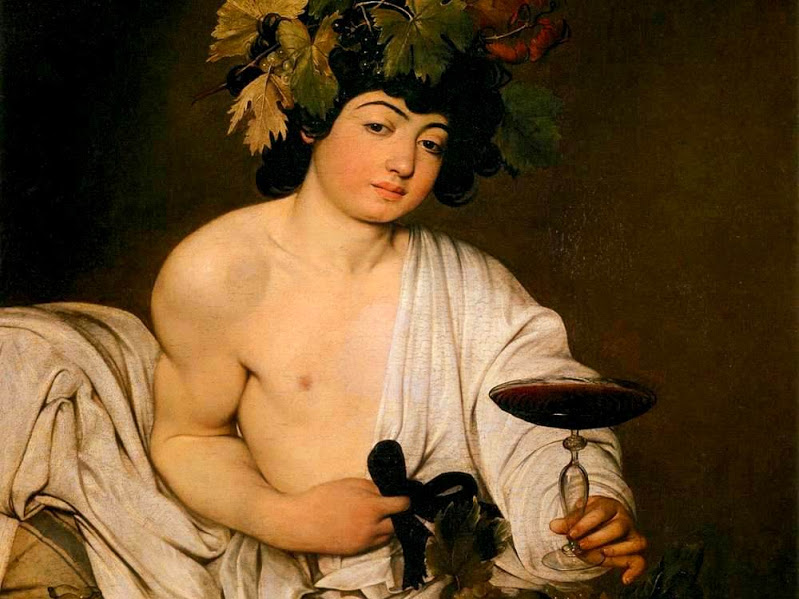We all learned something about the life of St. Francis, is a figure that by his example will always be a companion of our lives. So why not visit the Franciscan places and experience first hand the thrill of being in those places that inspired the Saint?
We know that Francis was born in Assisi in the twelfth century by a family of wealthy merchants of fabrics, and like all young people of high society he dreamed of becoming a knight. It was at the Battle of Collestrada, between Assisi and Perugia, that Francis was captured and made prisoner in Perugia, but during this period of hardship, he fell ill and this disease compromised the future career as a knight.
Meanwhile, Francis felt that something had to change, and he went closer to the condition of the poor. During a pilgrimage to Rome he approached a leper and the kiss he gave to him marks the turning point of Francis life.
Once back at home Francis showed the first signs of change, oddities in the eyes of medieval society in Assisi. To finance the small church of San Damiano he decided to sell the fabrics of his father, sending him into a rage. In fact his father, tired of these odd attitudes, decided to denounce Francis. But he could do nothing before the obstinacy of his son, who came up to undress in front of the Bishop of Assisi, as a sign of renunciation of earthly goods.
He moved to Gubbio to live in the leper colony and be close to the needy. Just in Gubbio there was the episode of the wolf that Francis was able to calm, causing the great astonishment of the crowd.
The first part of his preaching took place between Gubbio and Assisi, but soon also spread in Tuscany and the strength of his message came to Rome, where the pope could not but approve this new emerging order. Indeed, Francis was one of the most important figure inside the church that in those centuries was shaken by the winds of the storm: in Assisi’s Basilica you can admire Giotto’s frescoes that narrate the life of St. Francis, and among them also a fresco depicting the saint holding up the Church of St. John Lateran, then papal seat.
The first monasteries grew around Foligno and in the area of Assisi (Porziuncola, Rivotorto), but the order quickly expanded, so much that Francis, when he returned from a pilgrimage to Jerusalem, had to deal with the first quarrels among the companions.
Visiting the places where Jesus lived was for Francis an inspiration: here in Greccio he performed the representation of the birth of Jesus. In this town you can now visit the International Museum of the Nativity.
In the last part of his life, Francis will seek the sole company of nature, and the one of just few friends. He chosed to live as hermit in places like La Verna, where even today the construction of the sanctuary is integrated with the surrounding nature. At La Verna Francis received the stigmata, as a sign of his conformation to Christ.
Francis continued to walk between Tuscany and Umbria: he stopped at Celle di Cortona, and there he dictated the famous Testament, its recommendations to the newborn and already problematic Franciscan order.
Marked by illness and hardship, Francis died at the dear Porziuncola, October 3 of 1226. And Italy October 3 each year celebrates the birth in heaven of his patron: St. Francis of Assisi.
The places mentioned
- Assisi (1 hour and 15 minutes drive from La Lisa), in particular the Basilica of San Francesco, San Damiano, St. Clare (where the Crucifix of San Damiano) the Porziuncola and Rivotorto;
- Countryside near Gubbio (1 hour and a half drive from La Lisa) and former St. Lazarus Hospital;
- The places of stay in Rome (2 hours and a half drive from La Lisa) were: St. John Lateran, Santa Croce in Gerusalemme, San Francesco a Ripa (Trastevere);
- Greccio (2 hours drive from La Lisa) and the International Museum of the Nativity. During Christmas Holidays it takes place the commemoration of the first Nativity representation.
- The sanctuary of La Verna (1 hour and a half drive from La Lisa);
- The Hermitage of Le Celle in Cortona (40 minutes drive from La Lisa).
